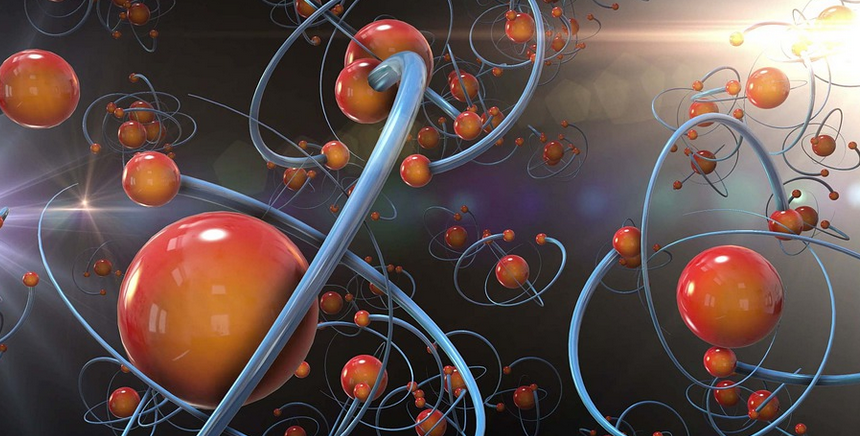The Science Behind Dyeing
Dyeing is the process of imparting color to a material through absorption of a dye. This process involves the interaction of the dye molecules with the fibers of the material. The chemical structure of the dye plays a crucial role in determining the color and durability of the dye.
The Role of Chemical Structure in Color
The color of a dye is determined by the wavelengths of light that are absorbed or reflected when the dye is exposed to light. The chemical structure of the dye affects the way it interacts with light, which in turn affects the color of the dye.
Azo Dyes
Azo dyes are one of the most commonly used types of dyes. They are composed of two nitrogen atoms that are connected by a double bond. The color of azo dyes is determined by the substituents attached to the nitrogen atoms. For example, the presence of a nitro group on one of the nitrogen atoms results in a yellow dye, while the presence of an amino group results in a red dye.
Anthraquinone Dyes
Anthraquinone dyes are another common type of dye. They are composed of two benzene rings that are connected by a quinone group. The color of anthraquinone dyes is determined by the substituents attached to the benzene rings. For example, the presence of a hydroxyl group results in a blue dye, while the presence of a methyl group results in a yellow dye.
The Role of Chemical Structure in Durability
The chemical structure of the dye also affects its durability. The ability of the dye to resist fading or washing out is determined by its chemical stability. Dyes that are more chemically stable are more durable.
Reactive Dyes
Reactive dyes are a type of dye that are chemically bonded to the fibers of the material. This chemical bond results in a more durable dye that is less likely to fade or wash out. Reactive dyes are commonly used to dye cotton and other cellulosic fibers.
Disperse Dyes
Disperse dyes are a type of dye that are used to dye synthetic fibers such as polyester. They are composed of small particles that are dispersed in water. The dye particles penetrate the fibers and bond to them, resulting in a durable dye that is resistant to fading and washing out.
Conclusion
The chemical structure of a dye plays a crucial role in determining its color and durability. Azo dyes and anthraquinone dyes are two common types of dyes that are used in the textile industry. Reactive dyes and disperse dyes are two types of dyes that are more durable due to their chemical bonding with the fibers of the material. Understanding the connection between chemical structure and dye color is important for achieving the desired color and durability in dyed materials.

